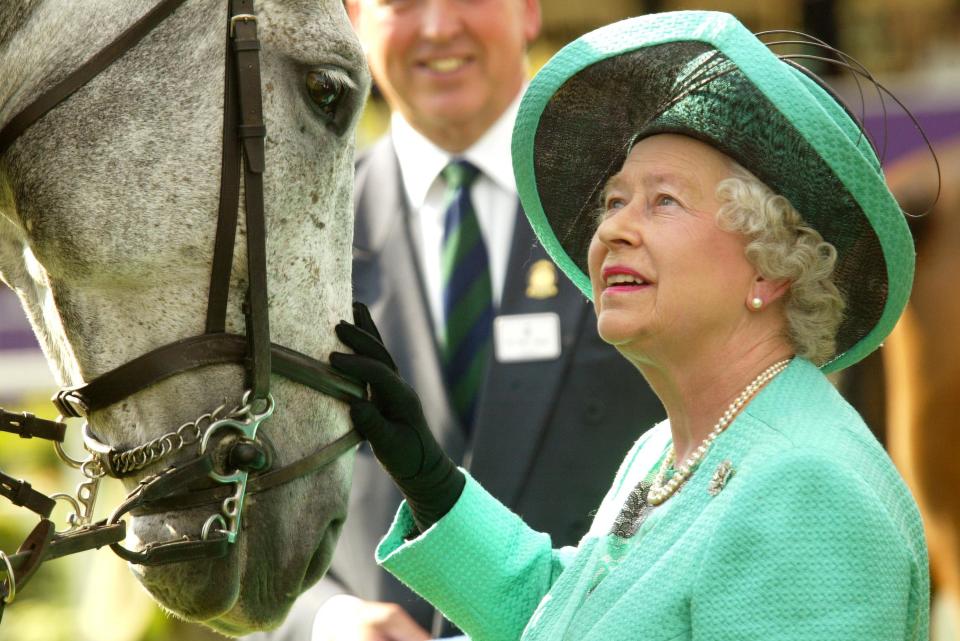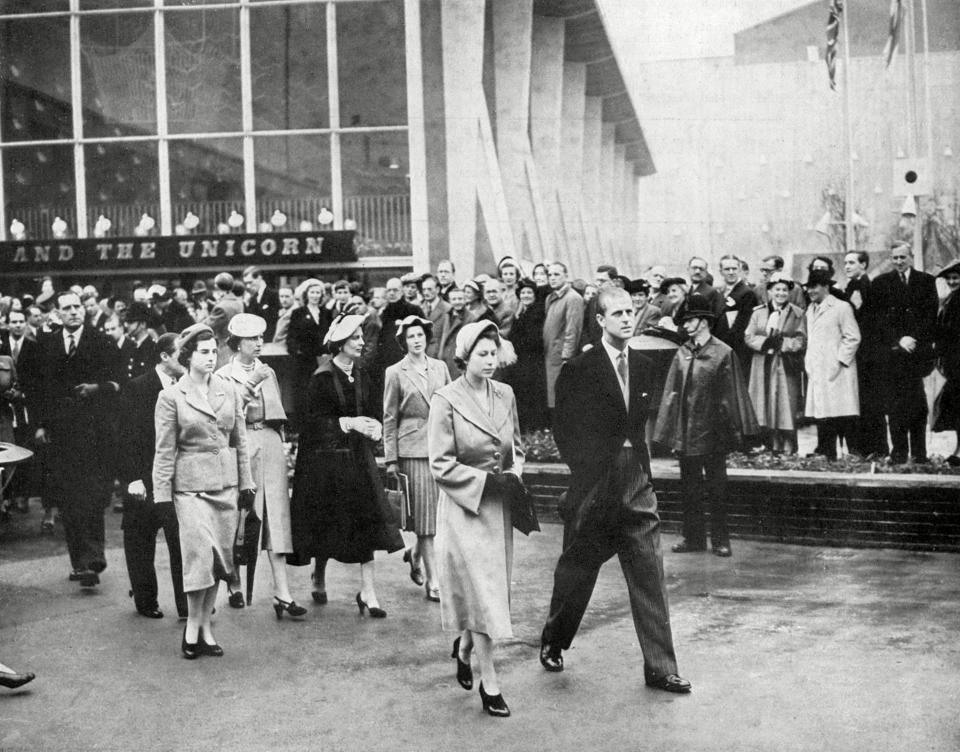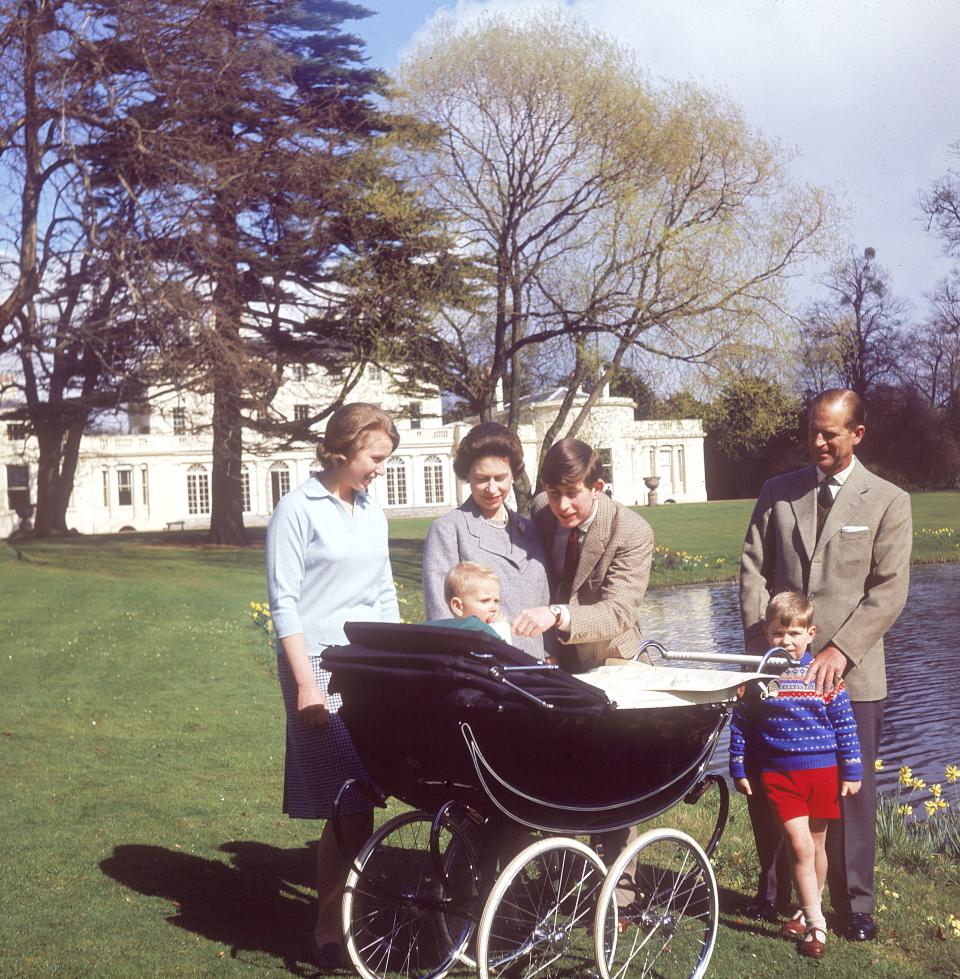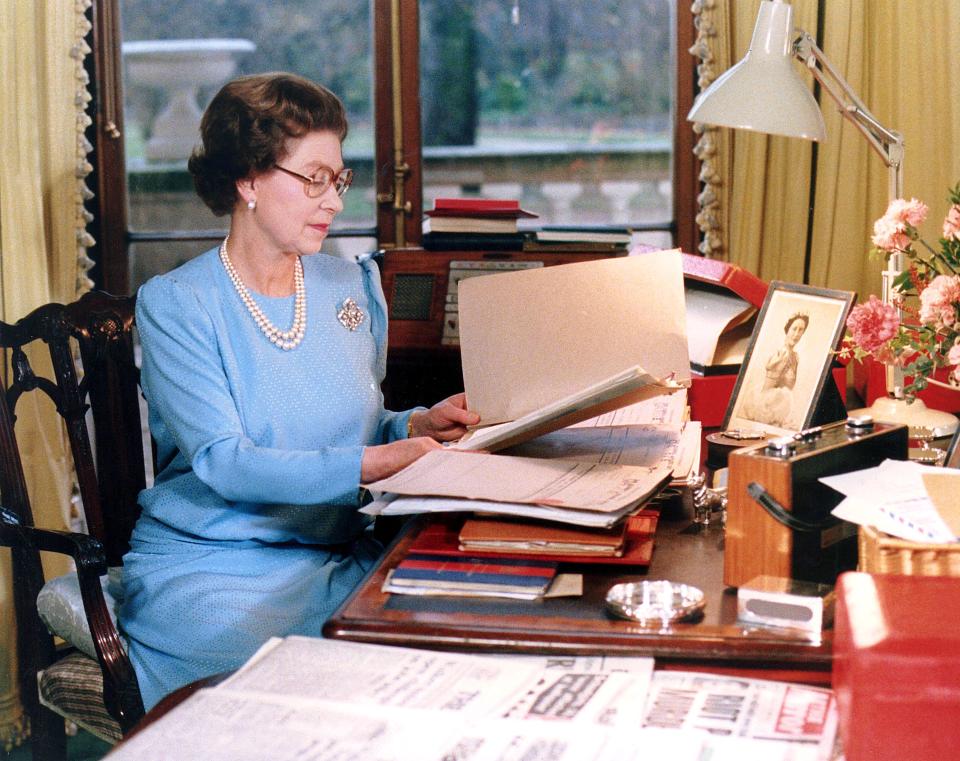The 5 Most Fascinating Reveals About Queen Elizabeth II in Nat Geo’s New Documentary
National Geographic is back with an all-new documentary special about the royal family, this time focusing on the private and public life of Queen Elizabeth II.
The hour-long special, Being the Queen, is directed by Tom Jennings, the Emmy and Peabody award-winning filmmaker who also helmed the 2017 documentary Diana: In Her Own Words. That film was so fascinating thanks to hundreds of hours of footage and never-before-seen tapes, and Jennings gives Being the Queen the same treatment. Thanks to archival material, rare photographs, and previously unseen (or unheard) accounts of the 94-year-old monarch’s life, the new doc is a true deep dive.
Jennings credits Netflix’s acclaimed series The Crown for the renewed interest in Queen Elizabeth II’s life, especially over the last few years. “The first season really stoked the fires of additional fascination,” he says. “The queen has weathered so much and still manages to hold her head high.”

UK: Royal Windsor Horse Show - Day Three
Getty ImagesAnd 2020 is no exception. With the departure of the Duke and Duchess of Sussex from senior royal life, grandson Peter Phillips’s divorce filing from Autumn Phillips, the investigation around Prince Andrew and convicted sex offender Jeffrey Epstein, and the upheaval of life during the coronavirus pandemic, the queen has continued to weather various storms. “She has risen to the occasion of not being riled by what’s occurred,” Jennings says. “Aside from a few [public] statements here and there, she’s carried on.”
But with every move documented and every statement dissected, how much more is there to uncover about the longest-serving monarch? As it turns out, plenty. “I would hope she would say, ‘You know, this documentary takes an angle that really hasn’t been explored before,’” Jennings says. “I’d like to think she’ll say, ‘He did it right, and whether I agree with everything or not, it’s a job well done.’”
So ahead of the Being the Queen’s debut, Jennings breaks down five of the most fascinating reveals and the stories behind them.
Queen Elizabeth II is acutely aware people will remember everything when they meet her.
From 1976 to 1989, Michael Mann was chaplain to the queen. In the documentary he says, “I remember her once saying to me that, ‘My father (King George VI) told me I must always remember that whatever I said or did to anyone, that they would remember it. So if I showed disapproval, they will remember that I showed disapproval.’ Therefore, I think she’s very, very careful not to give any sort of impression that might be construed as disapproval.”
Jennings agrees, which is why he wanted to include that small but telling detail in the film. “It was something she learned as a young girl from her father. He was her guiding light, so the lessons he taught her were obviously the lessons that allowed her to endure,” he says. “Whether you agree with her or not, she’s always very measured and well thought out. To know that she was taught that from a very young age—we found that fascinating.”
Prince Philip was terrified the night before his wedding because he knew his life would change forever.
The queen was barely a teenager when she met Philip Mountbatten for the first time. “One of the extraordinary things about the queen is that she fell in love and married just about the first man she met,” royal historian Robert Lacey says in Being the Queen. It would be another eight years before the future Duke of Edinburgh would propose, but Princess Elizabeth’s parents had reservations. “It caused her parents great anxiety,” Lacey says. “She wasn’t just taking on the man she loved; she was taking on the man who would shoulder almost half the burden of the monarchy.”
It’s no surprise, then, that Philip had more than doubts on the eve of his wedding. “I was at his bachelor party the night before the wedding,” Larry Adler, a friend of Prince Philip, recounts, “and he was scared. His face was white. This man just began to realize what he was getting into. And he finds he doesn’t like it.”
Still, “they have always been solid, despite all of these other pressures,” Jennings says. “I admire them for it, but when you really are part of something bigger than yourself, I think you transcend the B.S., which they did. They embraced it and said, ‘Let’s go.’”

Queen-Elizabeth-Prince-Philip-Walking-1951.jpg
There’s a reason why Queen Elizabeth and Prince Philip’s children went through so many difficult times.
As depicted on The Crown, Queen Elizabeth II was not the most hands-on mother. In fact, Charles, Anne, Andrew, and Edward were lucky if they saw their mother for a half hour each day. “It wasn’t that anybody was being deliberately unkind or cold…it was just the way you did things,” royal biographer Tim Heald says in Being the Queen.
Traditions provided other difficulties for the youngsters; Lord McNally, a member of Parliament from 1979 to 1983, says that while boarding school (which the children attended) would offer strict discipline, it didn’t always “produce [well]-rounded human beings emotionally.”
Jennings notes that other than when the queen stayed with Prince William and Prince Harry at Balmoral for a week following their mother’s sudden death, she always put the monarchy first. “Keep in mind that running the monarchy is a full-time job times 20, so things like family time fall through the cracks. Entrusting their children to boarding schools, private tutors, and such is terrific for one’s education, but it isn’t the same as the nurturing and guidance that you would get from a parent,” Jennings says. “The queen could be so steadfast in her own marriage, and yet her children’s marriages were falling apart left and right.”

Royal-family-Queen-Elizabeth-Prince-Charles-Prince-Philip-baby-stroller-1965.jpg
The turmoil of 1992 prepared the queen for the hardships of 2020.
The queen has always been one to keep calm and carry on, but 1992 tested those motivational words even for her. There were three broken marriages among her and Philip’s four children (Princess Diana and Prince Charles, Prince Andrew and Sarah Ferguson, and Princess Anne and Mark Phillips), Andrew Morton’s explosive book detailing Princess Diana’s unhappiness and turmoil, and a massive fire at the royal residence, Windsor Castle. Of that last event, ITN News described the scene as “chaos and destruction.” To make matters worse, a member of Parliament suggested that the country could be witnessing the end of the monarchy. No wonder the queen said that “1992 is not a year on which I shall look back with undiluted pleasure…in the words of one of my more sympathetic correspondents, it has turned out to be an annus horribilis.”
Jennings says, “1992 was one thing after the other. I think the lessons of ’92 were that she can survive. I don’t want to say that 2020 is another case of ‘Here we go again,’ but I think ’92 gave her the perspective that she can endure this too.”

Queen-Elizabeth-II-desk-1985.jpg
Queen Elizabeth’s defining moment literally happened outside the Buckingham Palace gates.
For decades visitors have been coming to Buckingham Palace to stand outside the gates to get a glimpse of the official residence of the reigning monarch. But actually spotting a member of the royal family is quite rare. That’s why it was shocking when the queen and Prince Philip stepped out of their car, unannounced, to greet throngs of mourners who came to honor Princess Diana in the week after her death. Watch the moment in this exclusive clip.
“I didn’t know that part of the story,” Jennings says. “That moment, for me, may sum up who she is. People realized she’s a grandmother having to deal with all of this and keep the nation and the world together, and she did it. It’s probably one of my favorite moments in the whole film. While she’s under so much duress and stress, she’s still serving.”
Being the Queen premieres on National Geographic at 9 p.m. ET on Monday, August 31. Diana: In Her Own Words airs two hours earlier at 7 p.m. ET.
Jessica Radloff is the Glamour West Coast editor. You can follow her on Instagram at @jessicaradloff14.
Originally Appeared on Glamour

